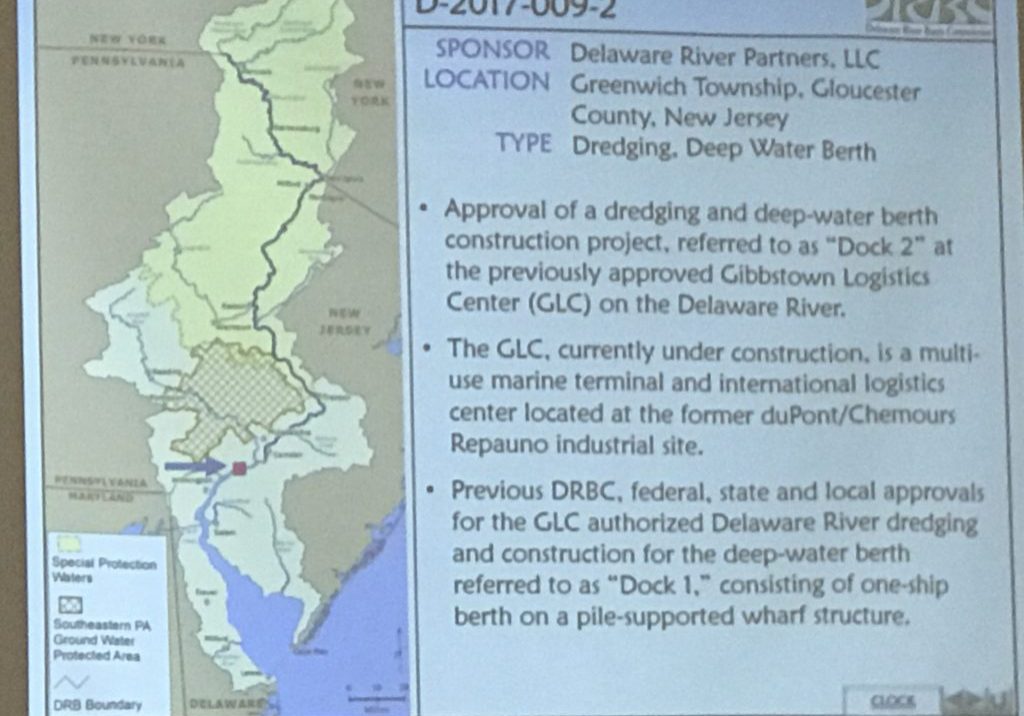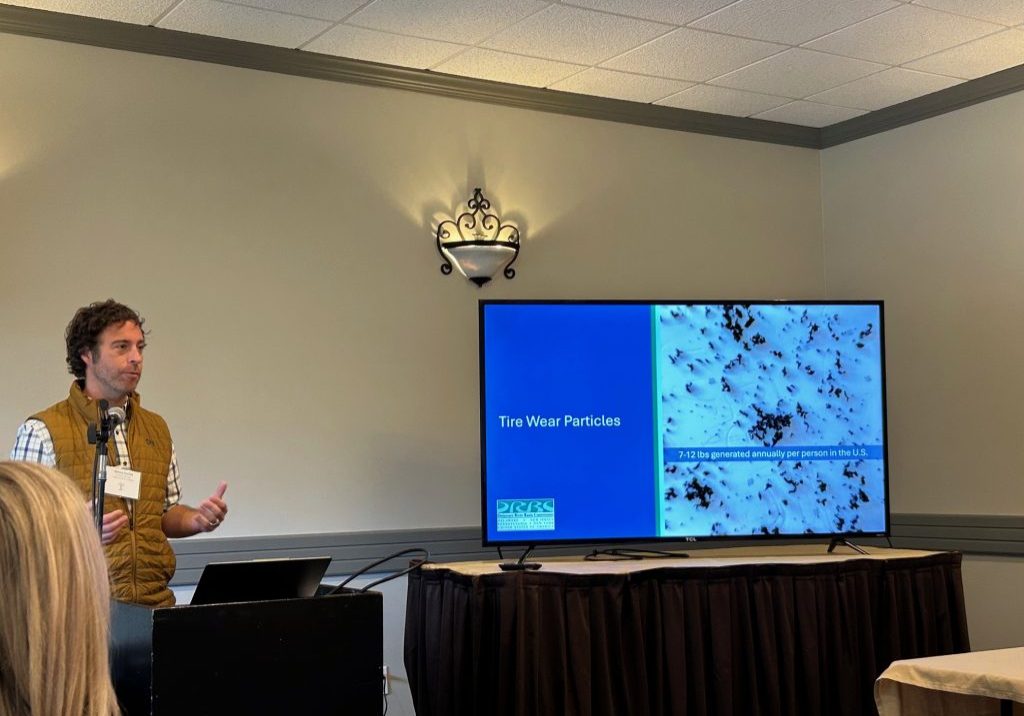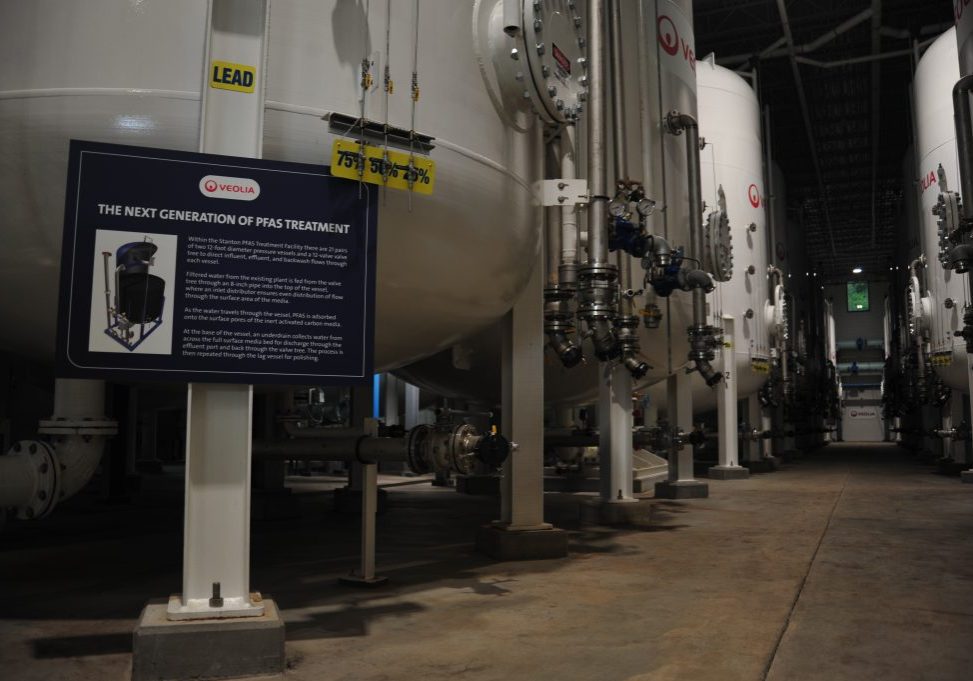
What lies beneath? A mixed bag of drought conditions in the watershed
| May 19, 2025
New York, statewide, is mostly drought free. In the watershed sections of the other states, New Jersey still has some parts that are abnormally or moderately dry. Pennsylvania is in much the same boat, as is Delaware.
We’ve had so much rain. How is it possible?
First, the reports we’re looking at today might be slightly out of date because they are not updated daily and we have had a LOT of rain.
But, of course, it’s not the splashy puddles or the streams that are running frothy or even the rivers that are running high, that tell us what is, or isn’t, in drought.
It’s what lies beneath that tells the complete story.
Yes, that is the title of a movie but it’s way to encapsulate what you have to think about when there’s any level of drought.
It’s not just about whether it rained.
It’s also about, you guessed it, what is underground. And that’s important as a way to gage wildfire risk: When the ground itself is dry, fires are more likely.
New Jersey
The New Jersey Department of Environmental Protection offers a detailed look at many of the elements: precipitation, streamflow, and what is called unconfined groundwater, which is in aquifers below the surface, according to the United States Geological Survey.
And those aquifers are, again according to USGS, really important: “Groundwater, which is in aquifers below the surface of the Earth, is one of the nation’s most important natural resources. Groundwater is the source of about 37 percent of the water that county and city water departments supply to households and businesses (public supply). It provides drinking water for more than 90 percent of the rural population who do not get their water delivered to them from a county/city water department or private water company.”
That, by the way, is me up here in Pike County, Pa. I’m part of that 90 percent.
In a nutshell, the northern New Jersey counties in the watershed are mostly in the “abnormally dry” stage, with a touch of “moderate drought” in the Highlands region.
South Jersey is also mostly “abnormally dry,” with “moderate drought” farthest south from the bay to the ocean.
Pennsylvania
As of May 13, most of Pennsylvania’s watershed counties are in “abnormally dry” to “moderate drought.” A section centered on Berks County is in “severe drought.” Here’s the state’s own information page on drought.
New York
As mentioned, New York is mostly all clear, except Orange County in the south (which borders on the Highland Region in New Jersey).
Though the state’s Department of Environmental Protection has a map that shows the whole state is clear.
And it says this: “All of New York State is currently in normal drought condition. Drought status determinations are based on a State Drought Index that uses New York State specific attributes, so it may differ somewhat from national drought assessments. In addition, local conditions may vary, so some areas of the state may make their own terminations of drought stage using locally-focused criteria.”
Delaware
You could slice Delaware in half just about at Dover with the top half in “abnormally dry” conditions. The bottom half is normal.
The Delaware River
Each of the four basin states decide on their own drought conditions.
For the Delaware River, it’s the Delaware River Basin Commission that decides the drought situation. Right now, the river is in “normal” conditions. For the upper river, that’s based largely on the status of the three big New York City reservoirs (Pepacton, Cannonsville and Neversink).
For the lower basin, the DRBC also considers the status of three U.S. Army Corps of Engineers reservoirs (Beltzville, Blue Marsh and F.E. Walter) to complete the picture.






